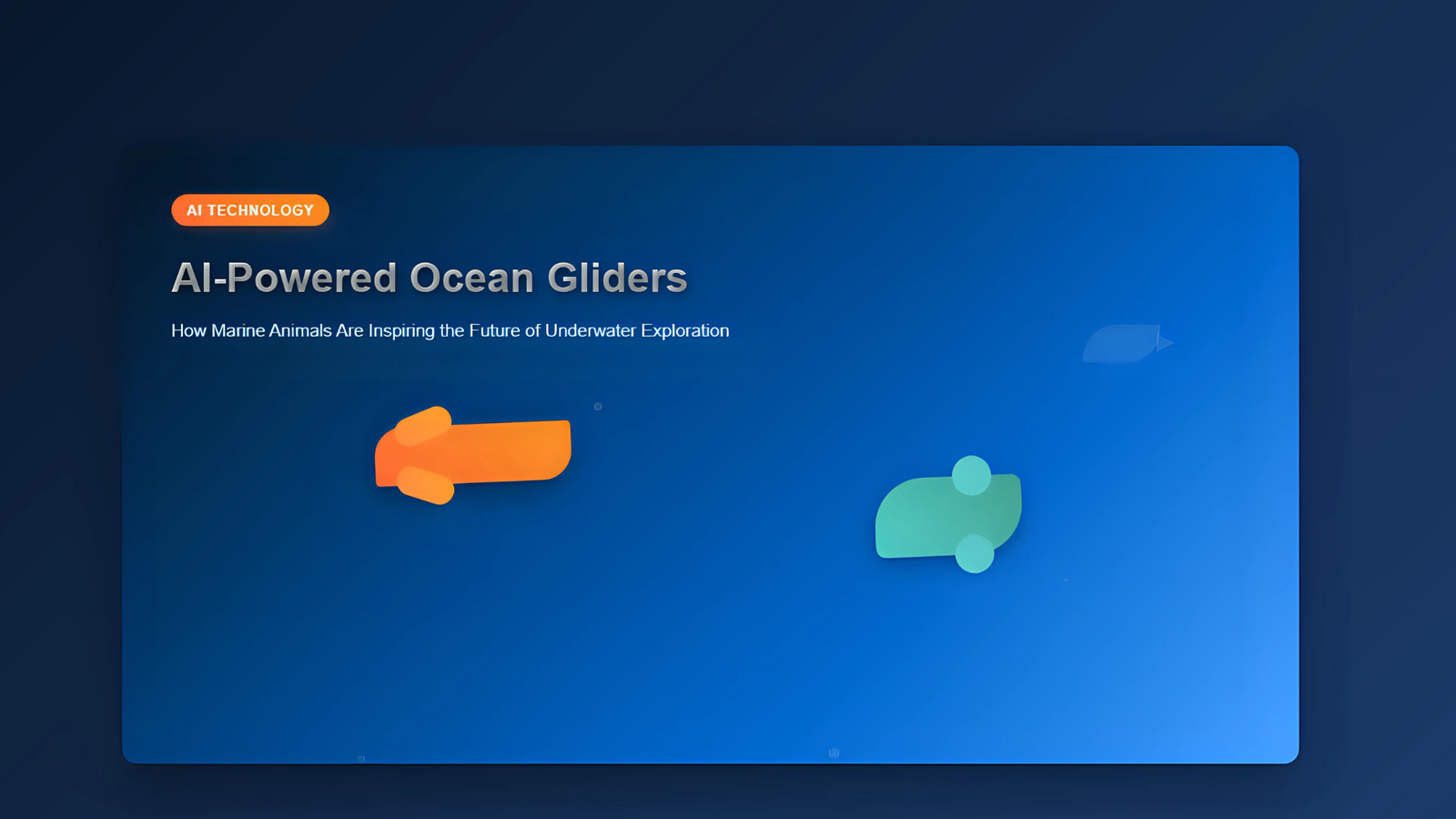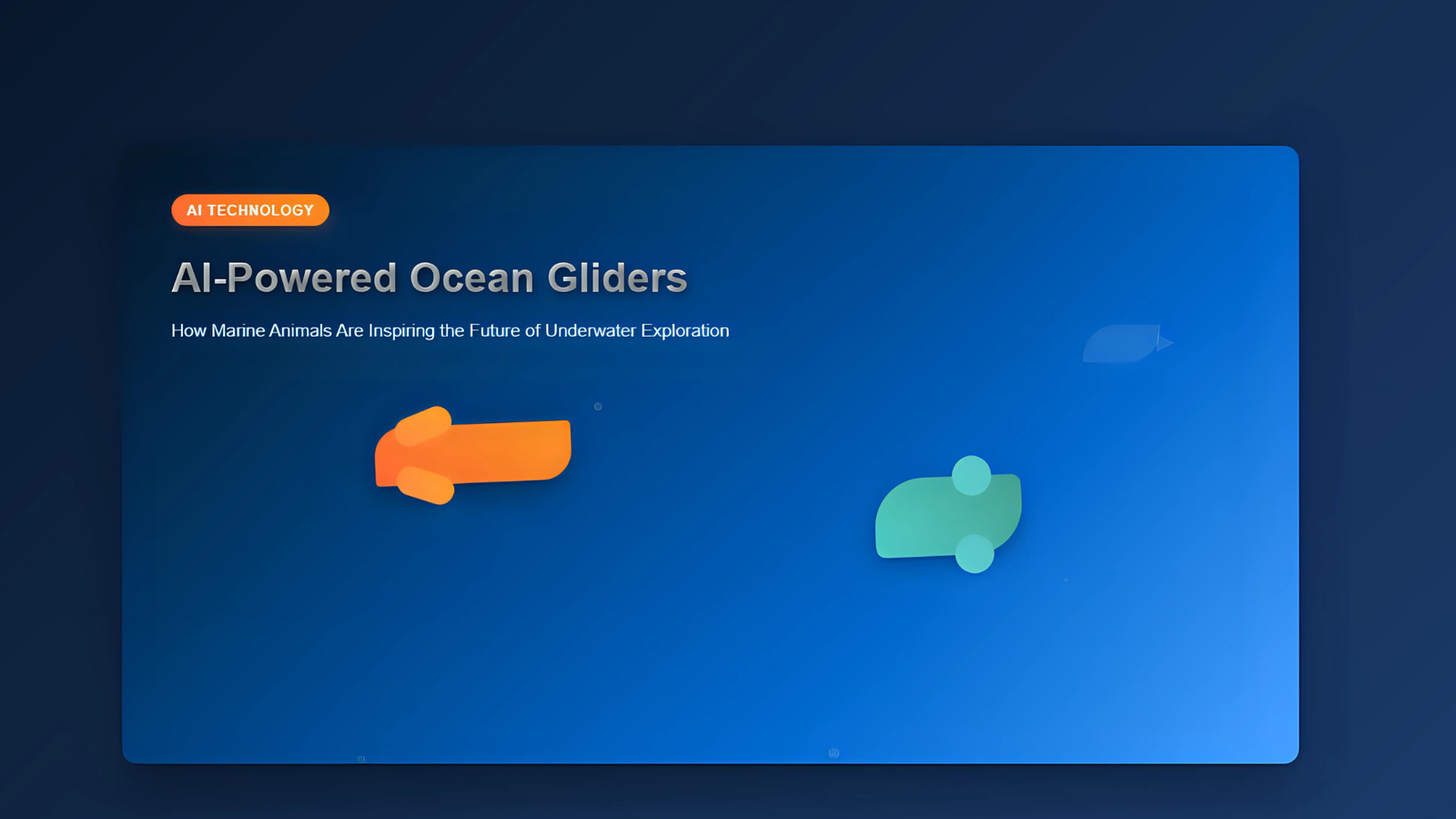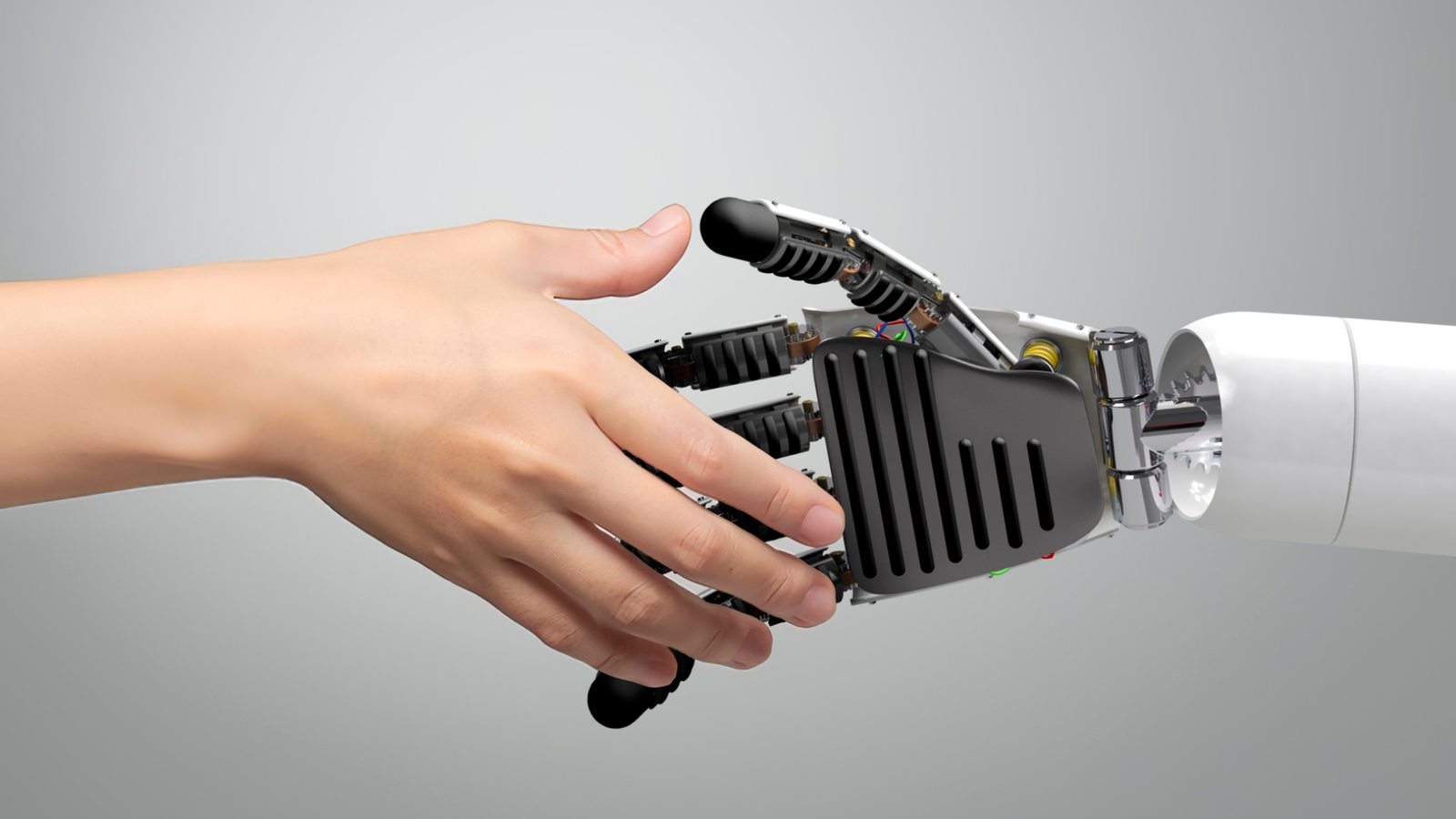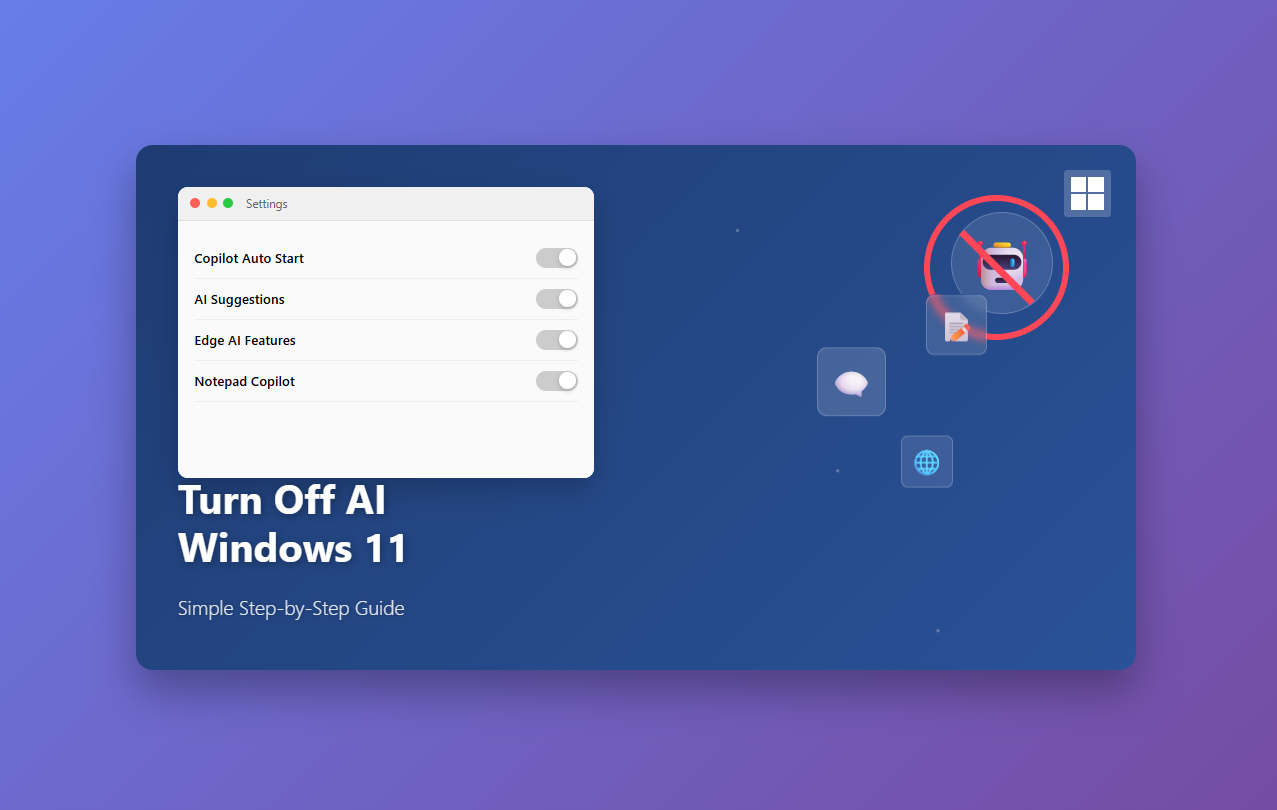AI News
AI-Powered Ocean Gliders

Have you ever watched a fish swim effortlessly through water and wondered how it makes it look so easy? Well, you’re not alone. Scientists have been fascinated by the graceful movements of marine animals for decades, and now they’re using this inspiration to revolutionize underwater exploration.
The Ocean’s Greatest Teachers
Imagine a seal gliding through the water with barely a ripple, or a fish darting between coral reefs with incredible efficiency. These creatures have spent millions of years perfecting their underwater moves, and engineers are finally catching up to their genius.
Researchers from MIT’s Computer Science and Artificial Intelligence Laboratory (CSAIL) and the University of Wisconsin-Madison have been studying these natural masters of the sea. Their goal? To create underwater gliders that can explore our oceans for months without needing a battery change.
Why Traditional Underwater Vehicles Fall Short
Most underwater vehicles today are built like submarines – basically torpedoes with propellers. Sure, they get the job done, but they’re energy hogs. Think of them as the gas-guzzling trucks of the ocean world. They need constant power to keep moving, which means they can’t stay underwater for very long.
But what if we could build vehicles that glide through water like marine animals do? That’s exactly what these researchers set out to discover.
Enter Artificial Intelligence: The Game Changer
Here’s where things get really exciting. The research team didn’t just copy existing fish shapes and call it a day. Instead, they used artificial intelligence to design completely new forms that could slide through water with minimal resistance.
Think of it like having a super-smart design assistant that can test thousands of different shapes in a matter of hours. The AI system created and tested numerous 3D glider designs, comparing everything from traditional submarine shapes to shark-inspired forms, and even some completely wild designs that no human would have thought of.
How the AI Magic Works
The process is pretty fascinating when you break it down. The AI system uses machine learning to understand how different shapes behave underwater. It’s like teaching a computer to become an expert marine biologist and engineer rolled into one.
The neural network evaluates something called the “lift-to-drag ratio” – basically, how much lift a shape generates compared to how much water resistance it creates. The better this ratio, the more efficiently the glider can move through water.
What’s really cool is that the AI can test shapes that would be “very taxing” for humans to design manually, as MIT postdoc Peter Yichen Chen puts it. Imagine trying to calculate the water dynamics for hundreds of different shapes by hand – you’d be there for years!
From Digital Dreams to Real-World Testing
But here’s the best part: these aren’t just computer simulations. The team actually built their AI-designed gliders using 3D printing technology. They created two fascinating prototypes – one that looks like a two-winged airplane and another that resembles a four-finned flatfish.
These gliders were put through their paces in both wind tunnels and underwater tests. The results were impressive: the AI-designed shapes could travel much farther on less power than traditional torpedo-shaped vehicles.

AI Powered Ocean Gliders
The Secret Sauce: Smart Engineering Features
The researchers didn’t stop at just creating better shapes. They packed these gliders with some seriously smart features:
Buoyancy Control: A built-in pump system that allows the glider to control its depth by adjusting its buoyancy. Think of it like a fish’s swim bladder, but engineered.
Mass Shifter: This clever device moves weight around inside the glider to change its angle during movement. It’s like having an internal gyroscope that helps the glider “fly” through water.
Lightweight Materials: The entire system is built using materials that minimize energy consumption while maintaining structural integrity.
Why This Matters for Ocean Exploration
You might be wondering, “Why should I care about underwater gliders?” Well, these devices are crucial for understanding our changing oceans. They collect data on water currents, salt levels, temperature changes, and climate impacts – information that’s vital for predicting weather patterns and understanding climate change.
Traditional research vessels are expensive to operate and can only cover limited areas. But these energy-efficient gliders can patrol the oceans for months, collecting data 24/7 without human intervention.
The Bigger Picture: Ocean Health and Climate Change
Our oceans are changing rapidly due to industrial activity and climate change. We need better tools to monitor these changes and understand their impacts. These AI-designed gliders represent a major step forward in marine research technology.
Imagine having hundreds of these gliders patrolling different parts of the ocean, constantly gathering data about water conditions, marine life, and environmental changes. It’s like having a global ocean monitoring network that works around the clock.
What’s Next: The Future of Marine Exploration
The research team isn’t stopping here. They’re planning to develop even slimmer and more maneuverable gliders. They’re also working on improving their AI system with more configurable options, which means even better designs in the future.
The ultimate goal is to create a fleet of intelligent, bio-inspired vehicles that can help us explore and understand Earth’s final frontier – our vast oceans.
A Revolution in Ocean Science
This breakthrough represents more than just better underwater vehicles. It’s a perfect example of how artificial intelligence, marine biology, and engineering can work together to solve real-world problems.
By learning from millions of years of evolution and combining that knowledge with cutting-edge AI technology, these researchers are opening up new possibilities for ocean exploration. Who knows what secrets of the deep we’ll discover with these remarkable new tools?
The next time you see a fish swimming gracefully through water, remember that it might just be inspiring the next generation of ocean explorers. Sometimes the best solutions are right there in nature – we just need the right technology to unlock them.
AI News
YouTube rolls out new AI-powered tools for Shorts creators

YouTube has officially announced the new AI-driven creation tools for generating the unique and best Shorts, according to a recent blog post by the platform.
The new features include a Photo to video converter, generative effects, and access to an AI playground for experimenting with creative outputs.
Photo to video tool
The Photo to video tool allows users to transform still images from their camera roll into animated Shorts. Users can select a photo and apply creative suggestions that add motion, such as animating landscapes, objects or group pictures.
This feature is being rolled out across the United States, Canada, Australia and New Zealand, with more regions expected to follow later in the year. For your information, it is available for free.
Both the Photo to video and generative effects are powered by Google’s Veo 2 technology. YouTube said Veo 3 would be integrated into Shorts later this summer.
The feature is currently available in the US, Canada, Australia and New Zealand and can be accessed by tapping the create button, followed by the sparkle icon.
YouTube noted that AI-generated content will include SynthID watermarks and clear labels to indicate that it was created using artificial intelligence.
According to the blog post, the new tools are designed to make the creative process more accessible, while preserving transparency about AI use in content creation.
AI News
Google Expands Firebase Studio with AI Tools for Popular Frameworks

Google has officially released a series of updates to Firebase Studio aimed at expanding its AI development capabilities and deepening integration with popular frameworks and Firebase services.
For your information, the released features were unveiled at I/O Connect India.
At the core of the update are AI-optimised templates for Flutter, Angular, React, Next.js, and general Web projects. These templates enable developers to build applications in Firebase Studio using Gemini, Google’s AI assistant, with the workspace defaulting to an autonomous Agent mode.
“We’re unveiling new updates that help you combine the power of Gemini with these new features to go from idea to app using some of your favourite frameworks and languages,” said Vikas Anand, director of product management at Google.
Firebase Studio now supports direct prompting of Gemini to integrate backend services. Developers using App Prototyping Agent or an AI-optimised template can simply describe the desired functionality, and Gemini will recommend and incorporate relevant Firebase services, including adding libraries, modifying code, and assisting with configuration.
“You can get assistance from Gemini to help you plan and execute tasks independently without waiting for step-by-step approval,” said Jeanine Banks, vice president and general manager, Developer X at Google.
AI News
Nvidia, AMD to Resume AI Chip Sales to China in US Reversal

Nvidia reportedly plans to resume sales to China that’s become part of a global race pitting the world’s biggest economies against each other. The company’s announcement on Monday comes after Nvidia CEO Jensen Huang met with President Donald Trump at the White House last week.
AMD AI Chip Plan For China
AMD also planning to restart sales of its AI chips to China. “We were recently informed by the Department of Commerce that license applications to export MI308 products to China will be moving forward for review,” the company said in a statement to CNN. “We plan to resume shipments as licenses are approved. We applaud the progress made by the Trump Administration in advancing trade negotiations and its commitment to US AI leadership.”
Treasury Secretary Scott Bessent told Bloomberg in an interview Tuesday that the Nvidia export controls have been a “negotiating chip” in the larger US-China trade talks, in which the two countries have made a deal to lower tariffs charged on one another.

The same day Commerce Secretary Howard Lutnick said that the resumption of Nvidia’s AI chip sales to China was part of the trade agreement with Beijing on rare earths. “We put that in the trade deal with the magnets,” he told Reuters, referring to rare earth magnets.
“In order for America to be the world leader, just like we want the world to be built on the American dollar, using the American dollar as a global standard, we want the American tech stack to be the global standard,” Huang told CNN’s Fareed Zakaria in an interview that aired Sunday. “We love that the internet is created by American technology and is built on American technology, and so we should continue to aspire to that.”

 AI News6 months ago
AI News6 months agoTurn Photos into Videos Using Google Gemini AI

 AI News6 months ago
AI News6 months agoApple New AI Model Can Detect Pregnancy With 92 percent

 AI News5 months ago
AI News5 months agoOpenAI has now restored the services after outage

 AI News6 months ago
AI News6 months agoGoogle hires Windsurf execs in $2.4 billion deal

 AI News5 months ago
AI News5 months agoGoogle Expands Firebase Studio with AI Tools for Popular Frameworks

 AI Tutorial6 months ago
AI Tutorial6 months agoHow to Turn Off Microsoft AI Features

 AI Tools6 months ago
AI Tools6 months agoIs This Simple Note-Taking App the Future of AI?

 AI News6 months ago
AI News6 months agoGoogle launches Gemini CLI, an open source AI agent

















